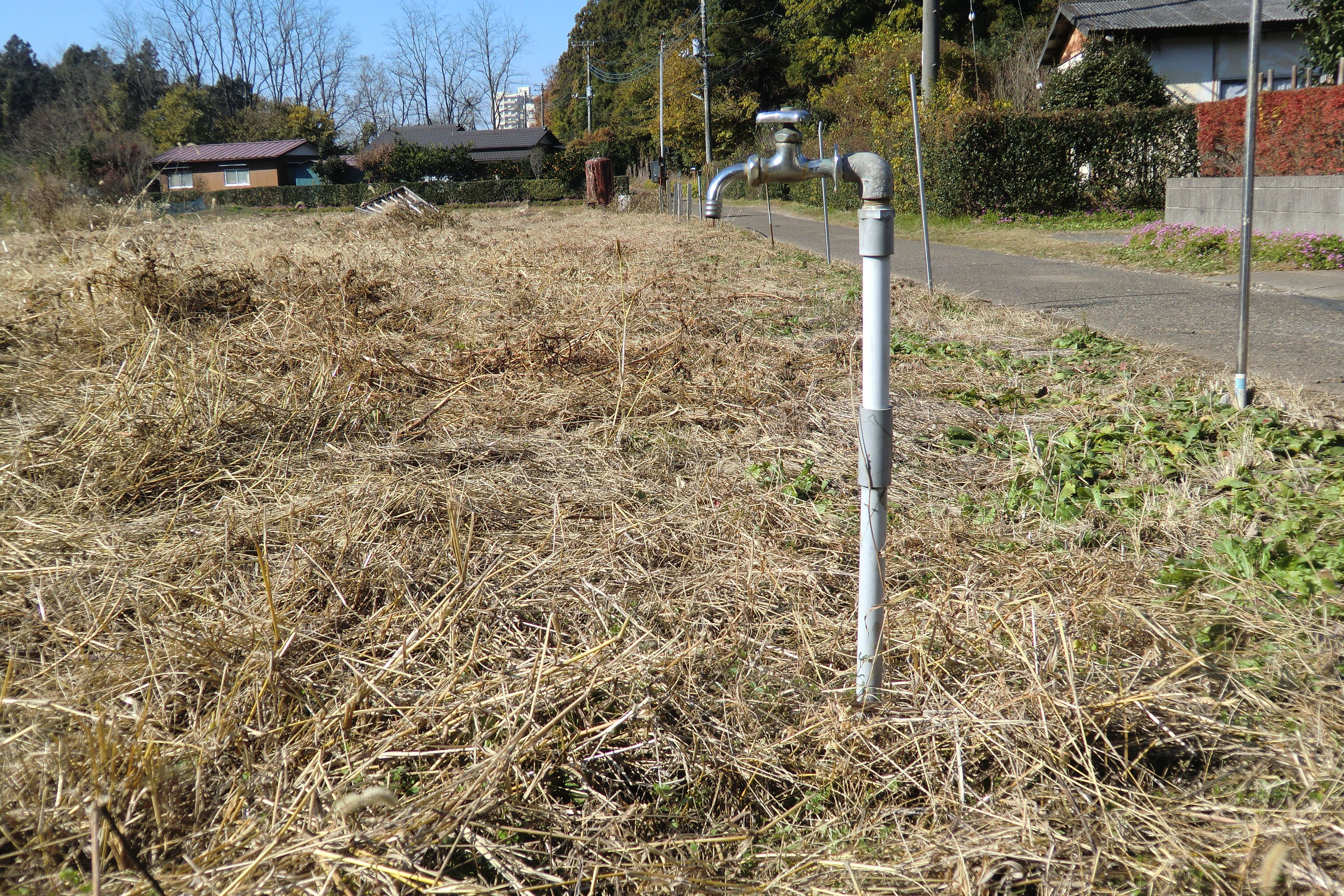There are aspects of everyday life that renters take for granted, such as access to utilities. Of course, renters pay for their own electricity and gas, and, depending on where they live, they may be billed for water and sewerage. Homeowners pay for these services, too, but there are extra financial burdens involved that people who have yet to buy a house or condominium may not know about. More significantly, some of these services are not available everywhere in Japan.
According to the Ministry of Health, Labor and Welfare, the diffusion rate for waterworks is 97.6 percent, which makes Japan one of the world's most advanced countries in terms of public provision of potable water. However, the diffusion rate is slightly misleading, since it represents areas where public waterworks are available. It's possible that not everyone who lives in a given area has direct access to waterworks, which tend to be provided in places with high population densities.
All of Tokyo has access to public water, while only 86.3 percent of residents of Kumamoto Prefecture do. Waterworks are administered by semi-private agencies working through local governments, and construction of facilities is only cost-effective in places where people are concentrated, meaning cities or, in the suburbs, planned housing developments and commercial zones. Farms tend to use water from wells dug by agricultural cooperatives. Anyone in between is left out or, more precisely, on their own.


















With your current subscription plan you can comment on stories. However, before writing your first comment, please create a display name in the Profile section of your subscriber account page.